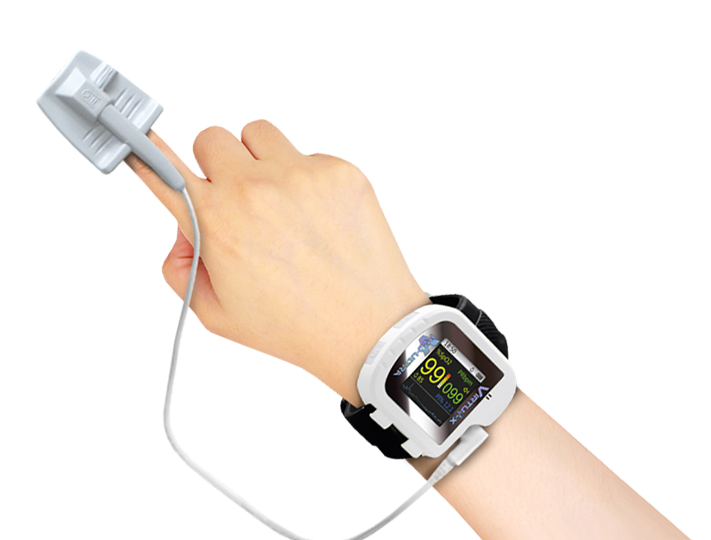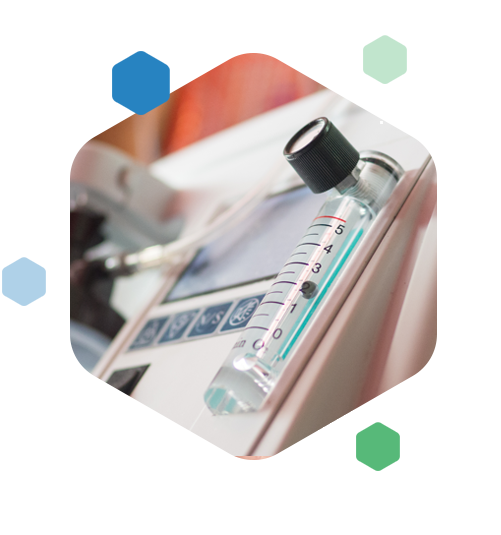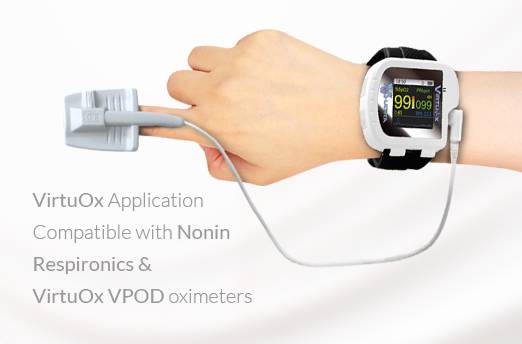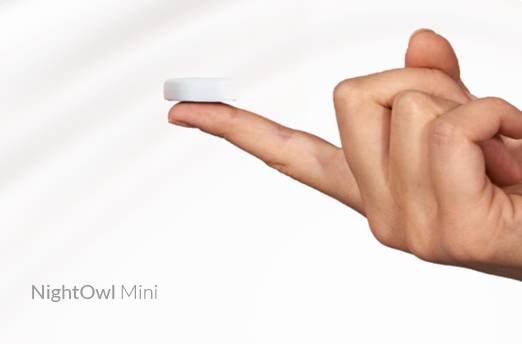When Left Untreated, Lung Disease Can Result In Or
Contribute To These Serious Health Problems:
- Elevated Blood Pressure - Risk of Stroke
- Heart failure
- Shortness of Breath
- Damage to vital organs
4ᵀᴴ leading
cause of death
Lung disease
in the United States

350000
Americans who die
each year from
lung disease

$50 Billion
Annual costs to treat
lung disease
in the U.S.
How do I know if I have
lung disease?
The most common signs and symptoms
of lung disease include:
- Shortness of breath, especially during physical activities
- Wheezing
- Chest tightness
- A chronic cough that may produce mucus (sputum) that may be clear, white, yellow or greenish
- Frequent respiratory infections
- Lack of energy
- Unintended weight loss (in later stages)
- Swelling in ankles, feet or legs

How do you test for
hypoxemia?
The pulse oximeter, or Pulse Ox, is an electronic
device that measures the saturation of oxygen
carried in your red blood cells. Your doctor will
usually check your oxygen levels during an in-office
visit. This is a quick and simple “snapshot” of your
oxygen saturation at that point in time, but many
times your oxygen levels will drop during sleep and
can stay below normal levels for longer periods of
time. To evaluate this, your doctor may order an
overnight pulse oximetry test from VirtuOx.
What to Expect?
Upon receiving your doctor’s prescription for an overnight pulse oximetry test, you will be contacted either by VirtuOx or your local Durable Medical Equipment (DME) supplier. VirtuOx will either mail you a pulse oximeter or the DME supplier will deliver one to your home.
Before bedtime, you will place the pulse oximeter probe on your finger. The pulse oximeter uses a cold light source that shines a light through the fingertip, making the tip appear to be red. By analyzing the light from the light source that passes through the finger, the device can determine the percentage of oxygen in the red blood cell.
Once the test is complete, your oxygen readings will be transmitted to the VirtuOx cloud servers, where a report is generated and sent to your doctor for review.
How do you treat
hypoxemia?
Since hypoxemia involves low blood oxygen
levels, treatment aims to try to raise
blood oxygen levels back to normal. Oxygen
therapy can be utilized to treat hypoxemia.
Other treatments may include:
- Smoking cessation
- Medications
- Non-invasive ventilation therapy
- Surgery

Who is VirtuOx?
VirtuOx is a Joint Commission approved, Medicare certified, Independent Diagnostic Testing Facility (IDTF) that performs over 40,000+ new diagnostic tests each month in the patient’s home that consists of:
- Overnight Pulse Oximetry (POX)
- Home Sleep Testing (HST)
- Insomnia Testing (EEG)
- Mobile Cardiac Telemetry (MCT)
24/7 Patient Support: 1-877-897-0063
VirtuOx does not deliver therapy or provide life support.
If you are having a medical emergency, dial 9-1-1.



